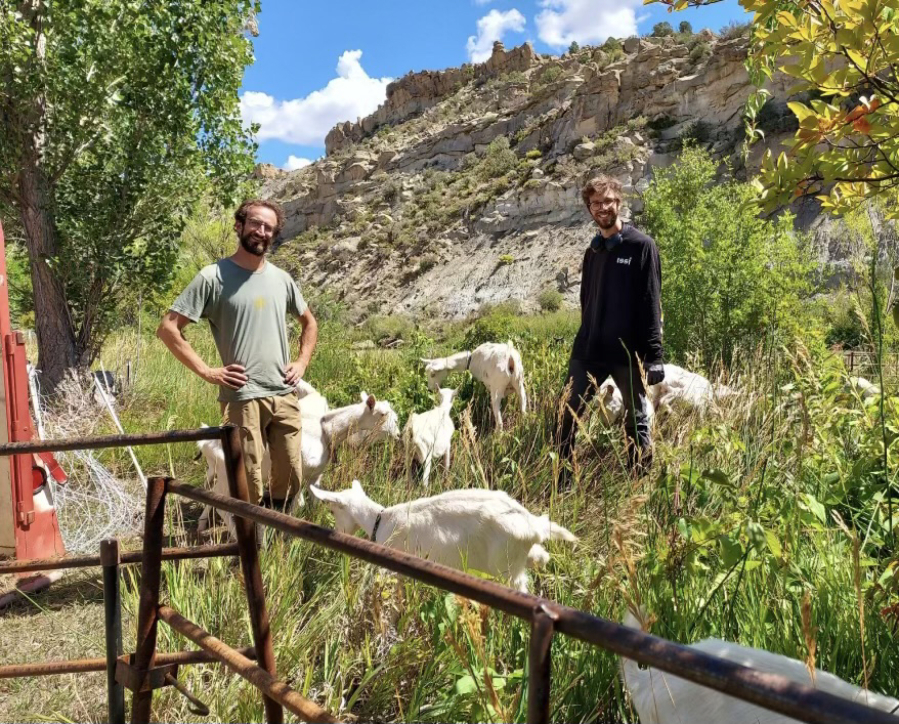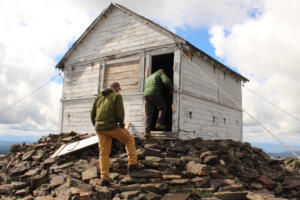Goats are particularly good at one thing: Eating. Unlike a horse or cow that leaves noxious weeds behind, goats eat the whole menu of pesky weeds, bushes and small trees. That means goats can be one of the answers to the growing problem of tinder-dry, highly flammable forests.
In Durango, Colorado, former firefighter Jonathan Bartley runs a business called DuranGoats, along with partner Adrian Lacasse, and it’s so popular they’re booked daily. Their herd usually works along the wildland-urban interface of the San Juan National Forest, clearing undergrowth around private houses in heavily wooded, steep areas at the town’s periphery.
Thanks to his work, Bartley has come to a conclusion about newcomers to the West: “When people move here thinking ‘I’d love to live in the woods,’ they’re probably making a big mistake.” If they do choose to live surrounded by trees or next to a forest, though, he has advice.
Because utilities cut off electricity during fires, he suggests buying a generator to keep sprinklers for irrigation running. He also advises homeowners to install a metal roof to repel wind-driven sparks. Always, he adds, have a go-bag ready with your most important stuff if flight becomes necessary. Most of all, he wants homeowners to create flame breaks around their house with gravel while also cutting back trees and shrubs within 30 feet of the house.
That last bit of advice is key. Firefighters triage neighborhoods, he said, picking winners and losers. When they scan neighborhoods quickly, they tend to give defensible homes extra resources while deciding that the brushy, overgrown properties are going to be lost causes.


